|
With few wild plants surviving the UK’s recent dry weather, we’ve been forced to cancel our latest foraging class - it’s a worrying sign for all of us Today this South Downs meadow is full of dry grasses (pic 2018) Last summer the same meadow was full of wild herbal plants like Yarrow, Wild Carrot, Knapweed, Agrimony, Eyebright, and much more (pic 2017) We’ve just cancelled a Foraging and Health class. Six weeks of no rain have left the South Downs parched, with very few wild herbal plants to be found on the chalk grasslands where we planned to be walking. I’ve spent the day on the phone to herbalist Lucinda Warner trying to decide what to do. We talk about options but the land is just too dry to forage. “There’s a few small examples of Plantain and Yarrow up there,” she tells me, but, “no St John’s Wort, no Agrimony, no Mugwort, no Eyebright…” Nothing like the abundance of wild flowers we’ve found over the past few summers. It’s exactly this abundance and variety that’s so special about the South Downs. Last year the same barren field was a rich wildflower meadow, buzzing with pollinators and chock full of grasses and native herbal plants. This year it’s just dry hardened ground, and a few cow pats. Lucinda and I try and work out if we can tweak the session and do something else instead, or postpone to another date. In the end we agree to cancel. It’s ironic. As an outdoor experience company, the UK’s unpredictable wet weather is the reason I worry about having to cancel (in practice we’ve been very lucky and have rarely had to) - it’s unheard of us to do so because the weather’s been ‘too warm’. I hate cancelling but with a lot of rain needed to make up for weeks of dry weather, there’s no guarantee that even if we postpone the session to September it will be any better. We’re both disappointed. Foraging for wild herbs is special. And Lucinda is a special herbalist. Softly spoken, she’s gently passionate and very knowledgeable. I remember the first time she showed me St John’s Wort, a thin yellow plant growing next to the gate at the bottom of the meadow. It wasn’t what I expected, as I hadn’t made the link before between the plant growing in the ground, and the supplements and remedies that you can buy in a chemist or health food shop. Most healing plants like St John’s Wort can be mistaken for weeds - something you might walk past without a second thought. They grow in the cracks, in the hedgerows, in small patches. They are rougher, earthier, dirtier, yet more full of life and more real than the overpackaged, commercialised products to be found on the shelves. At our sessions, Lucinda introduces more and more plants. It's an eyeopener to discover that so many healing herbal plants are not rare exotic specimens to be found in a sacred clearing in the Himalayas, but are growing all around us, everywhere, often innocuous looking. Grown without human intervention or chemicals, wild plants are packed full of nutrients and active ingredients bound up in a way that can be turned into gentle but potent and nourishing balms, ointments and tinctures. Nature really is designed to help us thrive. And it’s a joy to turn them into remedies. Each time I’ve done it, it makes me feel part of something bigger, and connected to the way that people have been using plants for thousands of years. This knowledge of the healing properties of wild plants is lost to most of us. But it’s our birthright. Already under attack from land clearance, pesticides, loss of pollinators, poor soil quality, and now a changing climate, wild plants - by definition no one is taming or looking after them - are affected by the land and the environment on which they grow. It would be catastrophic if they were lost. The current dearth on the Downs is a worrying sign… an indication that the impact of the dry weather is much bigger than you or I might be aware of. It means fewer insects, and less food for birds and small animals. The knock-on effect on biodiversity and the food chain can only be imagined. The prolonged dry weather is affecting farmers and food supplies too, and with a changing climate it’s only likely to get worse. In summers to come we may no longer be able to take for granted that our countryside will be a patchwork of fields full of crops, or that our native wild plants will be freely available - with a changing climate, nothing is guaranteed. And having passed the point of no return, climate change specialists have stopped talking about mitigation or reversal. It’s too late for that. Now it’s all about adaptation. Adapt or die. Adapting is not entirely new. In times of drought our ancestors would have moved to the coast to do their foraging, where the land is wetter and wild edible plants like sea kale, sea purslane, sea beet, and samphire, still grow abundantly. But before we decimate these too, what’s happening on the Downs is a stark reminder to look after it or lose it. Something we all need to be thinking about. Click here for details of upcoming foraging classes for individuals, or get in touch if you'd like a foraging day as part of a team building away day for your organisation. Comments are closed.
|
Author & CuratorNigel Berman is the founder of School of the Wild. Archives
March 2024
|
Leaders |
About Us
Support |
|

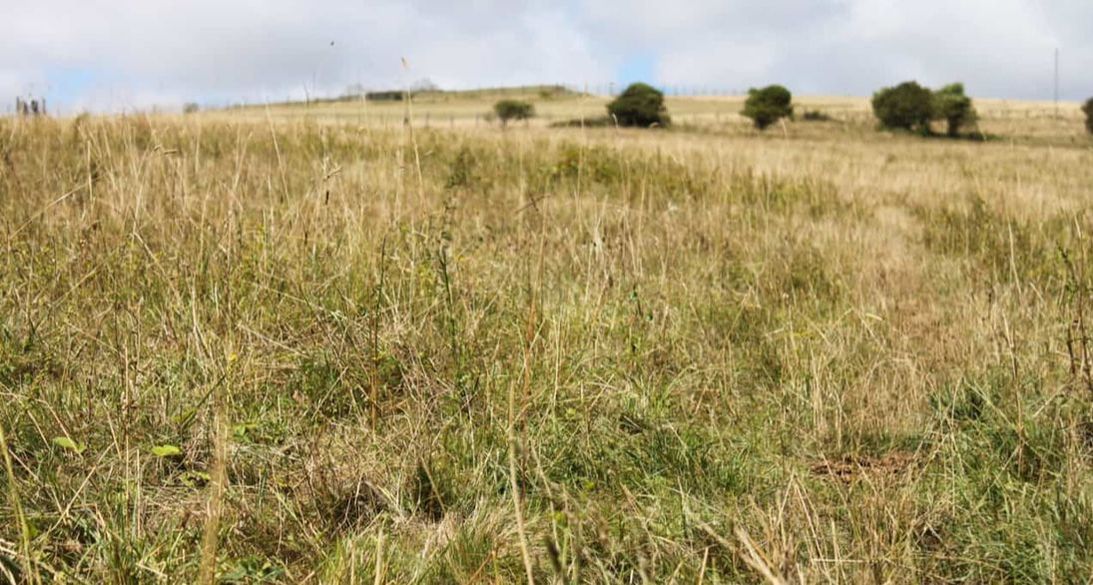
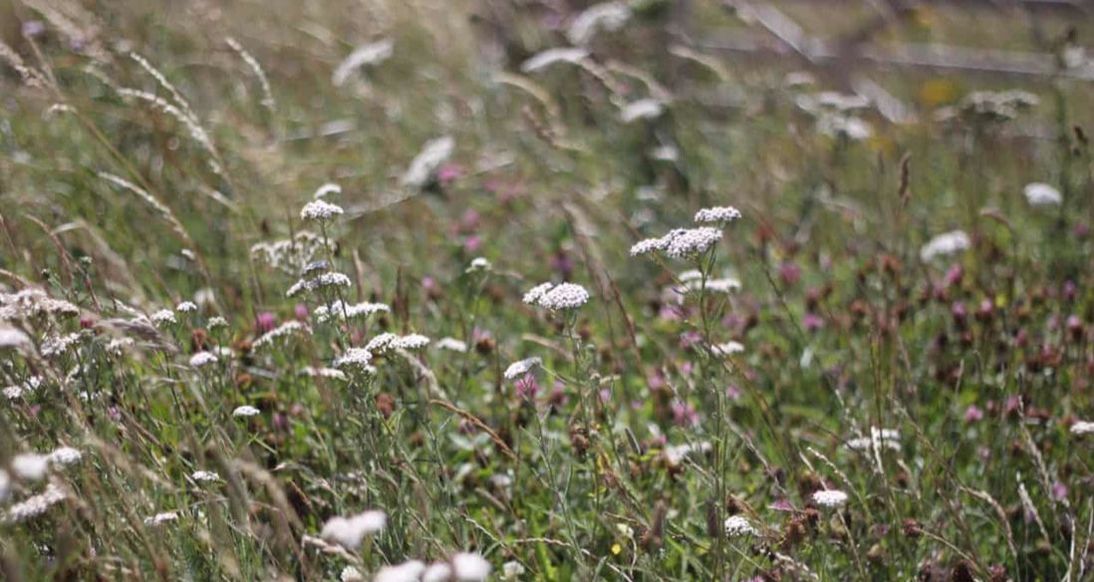
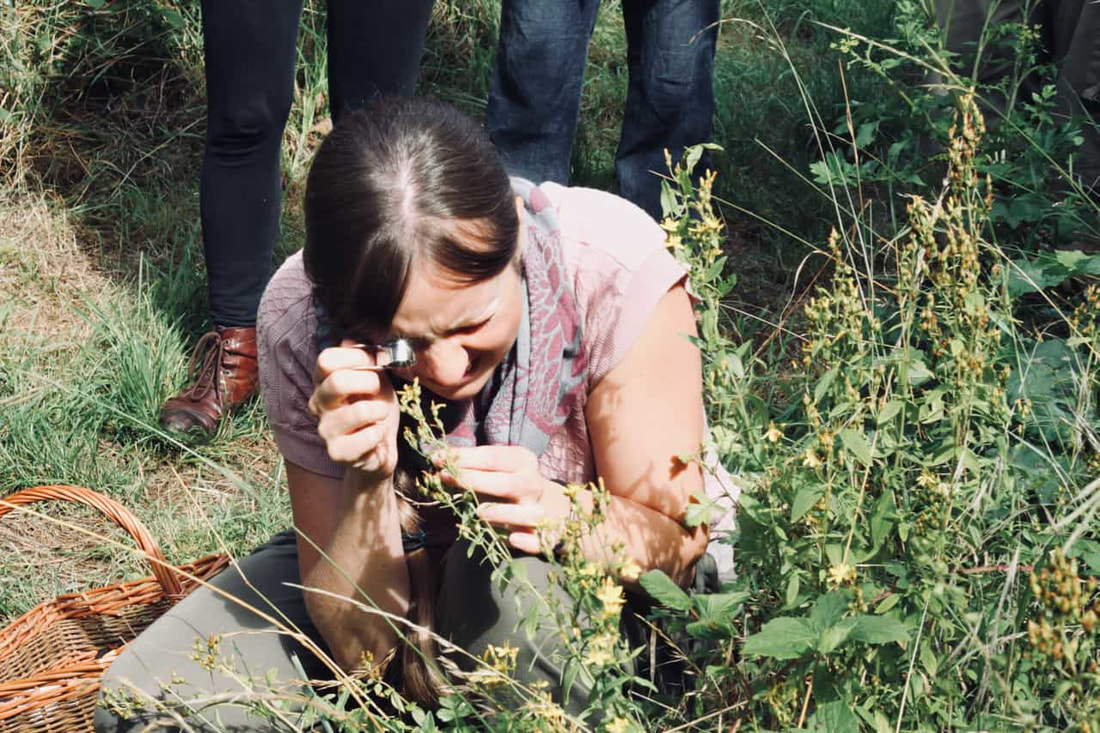
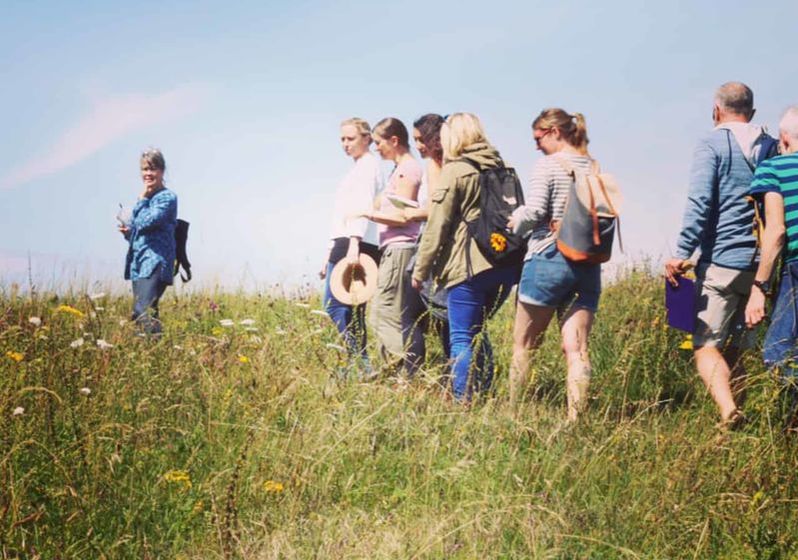
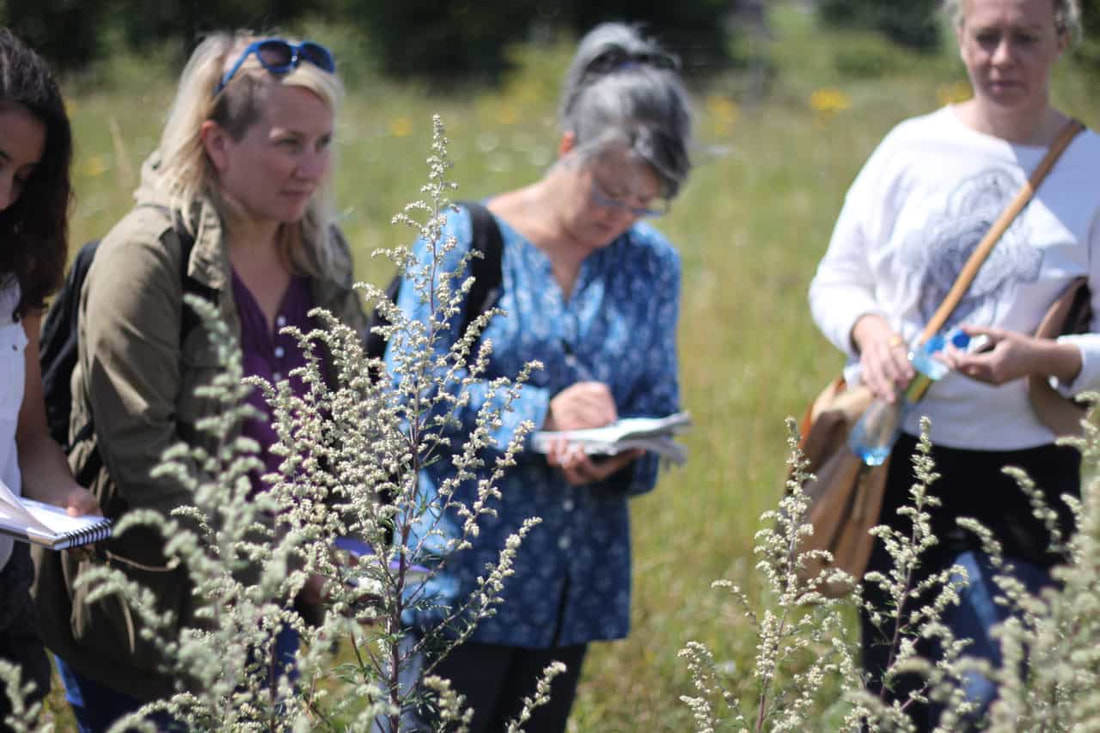
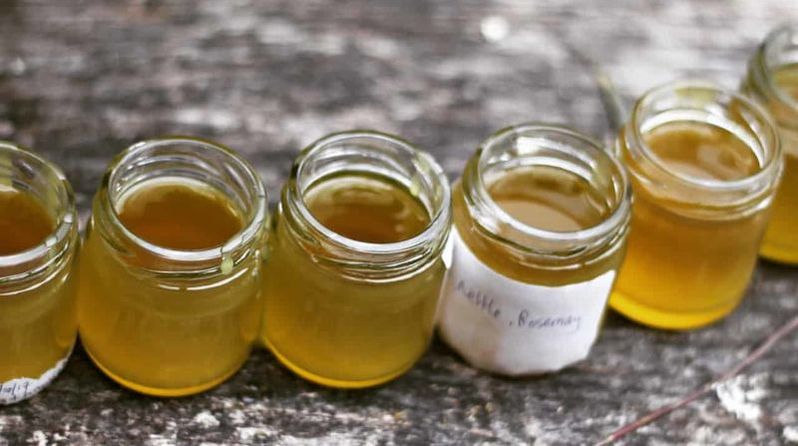
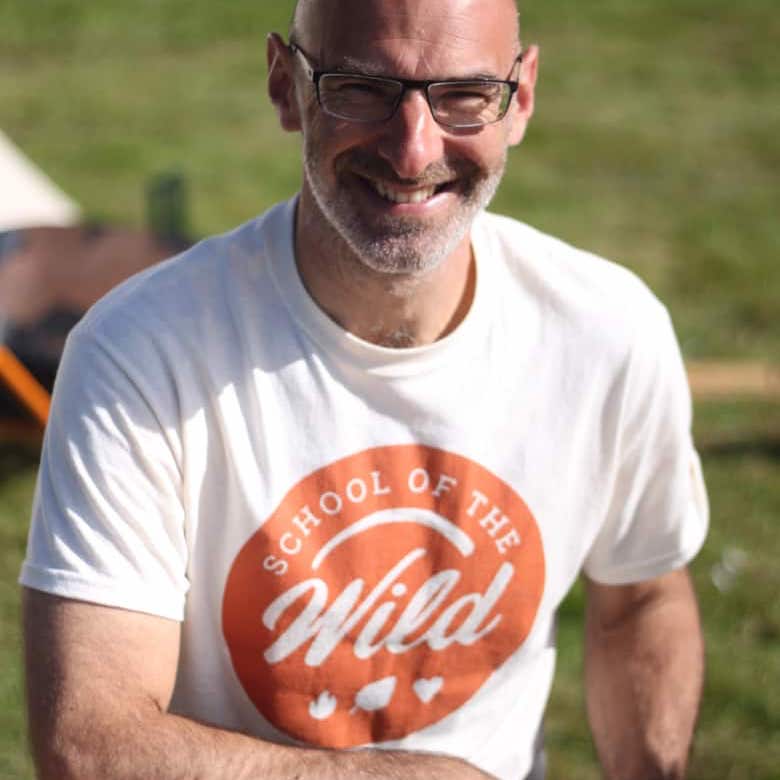
 RSS Feed
RSS Feed



